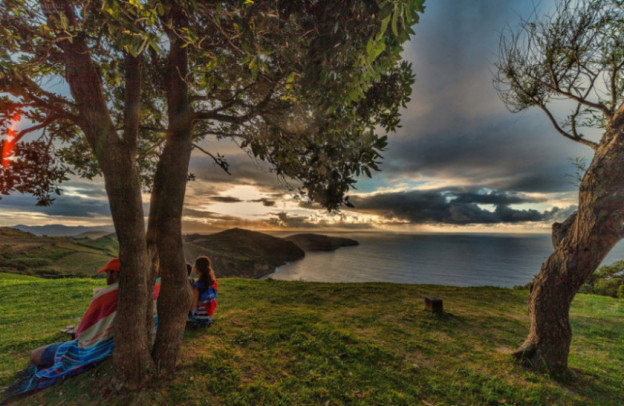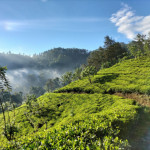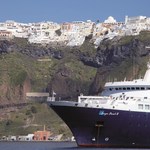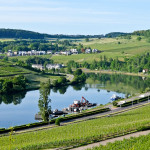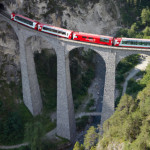In this Insider guide to the Azores, Andy Mossack explores its two main islands, San Miguel and Terceira
The Azores have had a surprisingly seismic say in shaping the history of not only Portugal and much of western Europe, and, to some extent, the United States too. Not bad going for a necklace of nine volcanic islands almost in the middle of the Atlantic Ocean, 1,000 miles from mainland Portugal and 1.200 miles from North America.
A place where whaling was the major source of income, has now become a hot spot for watching them instead of catching them.
Volcanoes have shaped the entire existence of the Azores and continue to do so. Of the twenty-six volcanoes in the archipelago, six are still active, providing nutrient-rich soil, hardy basalt for construction, and bubbling thermal springs for cooking and bathing. Some stand like immense sentinels, lording over towns and cities for centuries, while others lay silent under the Atlantic waters surrounding the islands. Either way, they are all part of the very fabric of the Azorean way of life.
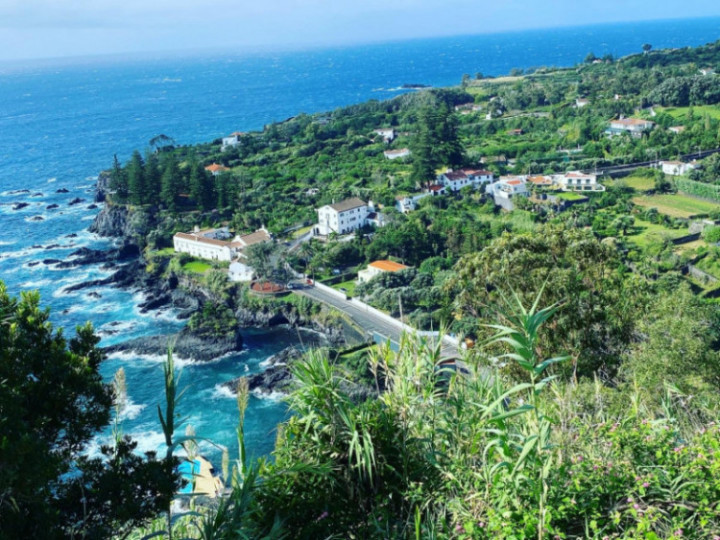
Once an integral part of Portugal, but now semi-independent as an ‘autonomous region’ (as is Madeira), the Azores enjoy the benefits and support from mainland Portugal, yet still have their own government and legal framework and local laws such as tax-free status.
In this guide to The Azores let’s kick off at the beginning. The archipelago is made up of San Miguel and Terceira (the two biggest) Flores, Corvo, Graciosa, São Jorge, Pico, Faial and Santa Maria. All nine share similar characteristics yet are still very different and are easily accessible to each other by boat and plane. The culture, cuisine, and traditions of each vary greatly mainly due to them being discovered and settled individually over a span of two hundred years.
What strikes me the most though, is the number of Americans who regularly visit, and the frequency of Azoreans who migrate to the USA. It is perhaps due to the island of Terceira once being labelled as the ‘gateway to the New World when it was a major pit stop for visiting ships travelling west. Namely the UNESCO world heritage site of the town of Angra do Heroismo known locally as the first ‘city of the New World’.
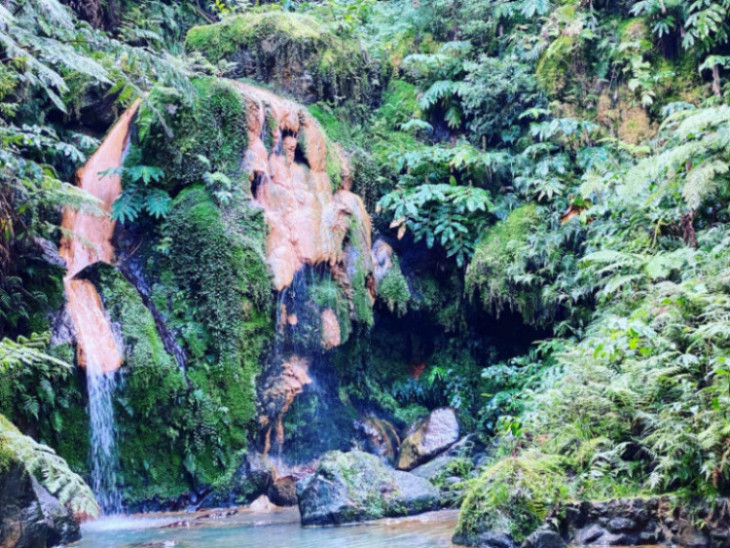
For this guide to The Azores I’m focussing on São Miguel and Terceira, the two biggest islands with airport access for international visitors. So, join me on this journey to lands formed by fire but now lie peacefully tranquil.
São Miguel
With nicknames like ‘the green island’ and the ‘European Hawaii’ it’s not hard to imagine what awaits you here on the archipelago’s largest island. Unlike the Canary Islands, where the volcanic terrain is akin to a black moonscape, here the sides of the volcanoes are verdantly green, the result of regular rainfall coming in from the Atlantic. And another thing.
The volcanoes here are mostly calderas, craters that have collapsed in on themselves, creating vast landscapes inside the crater walls of craggy meadows, lakes, forests, and waterfalls. It makes for perfect hiking country with over 60 marked trails and nutrient-rich farmland, with still-active geothermal springs providing hot bathing all over the island.
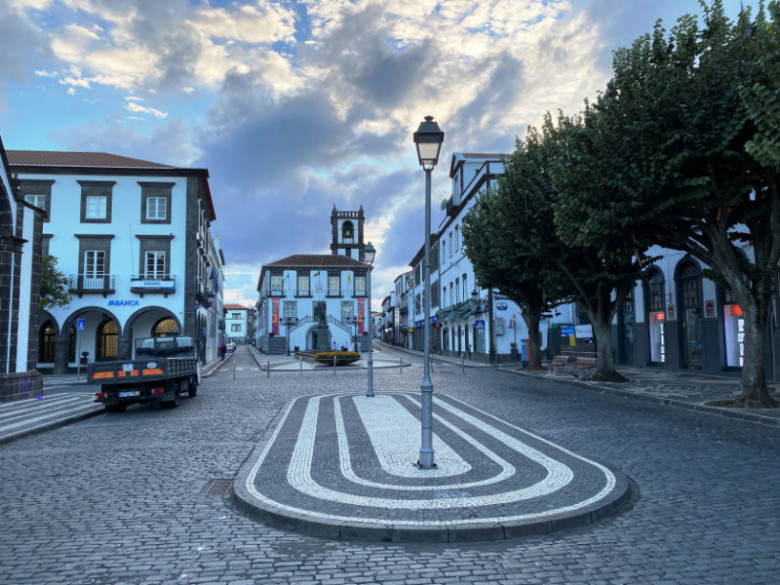
Ponta Delgada is the economic capital of the Azorean archipelago, and its charming historic centre echoes the wealth of its naval past – the huge Forte de São Brás fortress at the harbour a first clue and the three ancient façade arches of the city gates in the main square another. Plenty of bars and restaurants line the ancient streets serving the local speciality of roasted octopus amongst other authentic dishes.
It’s a good base for exploring the island from as in no time you can find yourself out in the wild landscape, a bevvy of remarkable viewpoints never ceasing to amaze the senses.
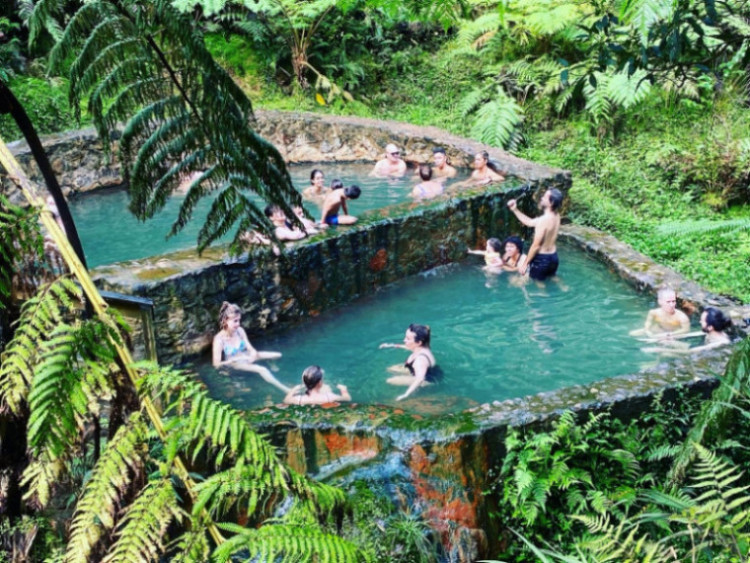
The thermal pools are always the star attractions; caldeira velha for example, a rainforest park on the side of the Fogo volcano with man-made hot sulphur pools and a waterfall pool. Blue hydrangeas abound. But much more impressive perhaps are the boiling bubbling pools adjacent to Lagoa das Furnas (Fire Lake).
Here, local restaurants rent trenches heated by the natural thermal steam to cook their pots filled with Cozido das Furnas, a traditional tasty stew of meats and vegetables. The pots are left to slow cook for six hours before being lifted out and collected by each restaurant to serve up at lunch. You can burn the calories off with a walk around Terra Nostra Park, a gorgeous twelve acres of 18th-century lakes and gardens inside a collapsed caldera, once belonging to the Viscount of Praia, and then have a swim in the three thermal pools. There are changing facilities onsite.
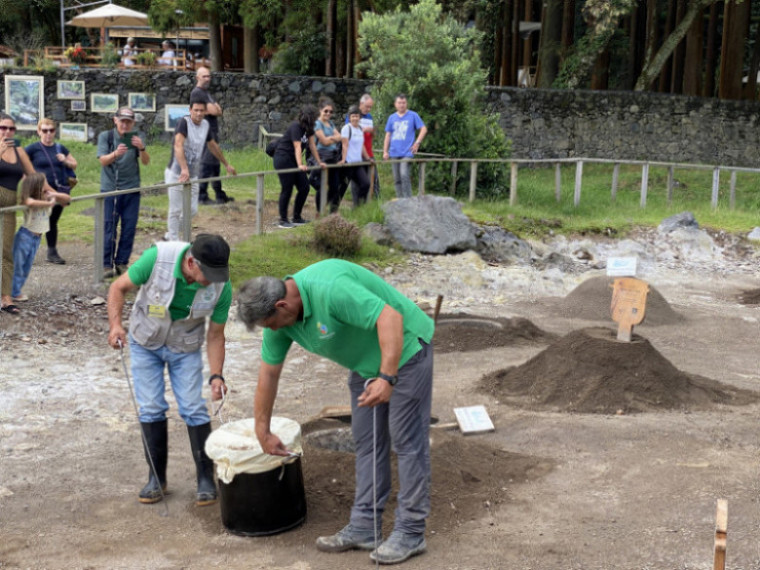
One of the most memorable views you’ll have here is the Lagoa das Sete Cidades or the Seven Cities Lakes seen from the perimeter road far above. A stunning vista of twin blue and green lakes connected by a narrow strait inside a dormant volcano. It is the perfect Kodak moment, trust me.
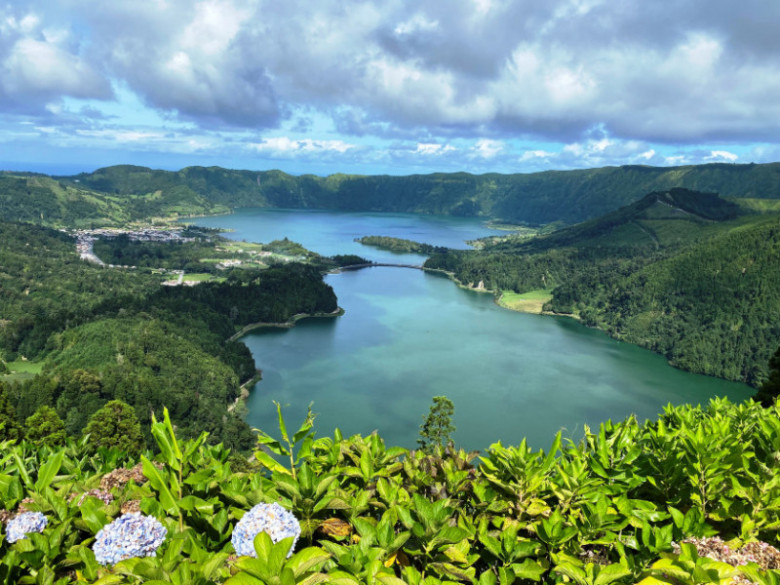
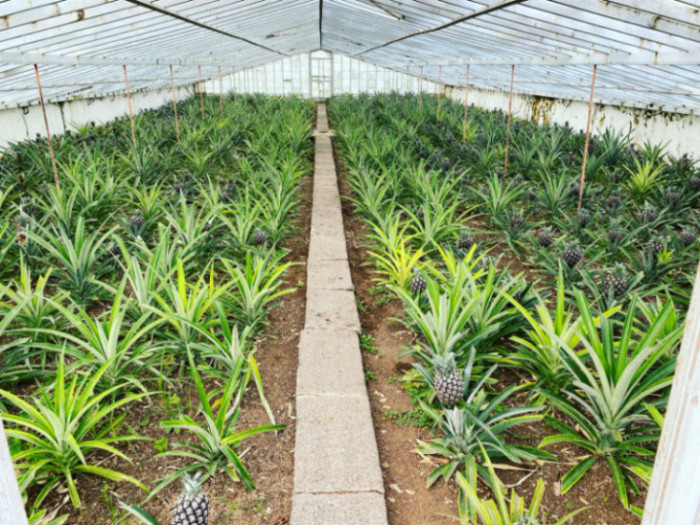
Oranges were once a boom export industry in San Miguel until a blight in 1870 forced the farmers to switch fruits. The Arruda family decided on pineapples and today their plantation is well worth a visit. Azorean pineapples are pricier than supermarket varieties, much sweeter and juicer. A similar story can be found at the Gorreana tea plantation, founded in 1883 producing organic green and black tea. You’ll find Gorreana teas all over the islands, a local brew much preferred over imported teas from the far east.
Terceira
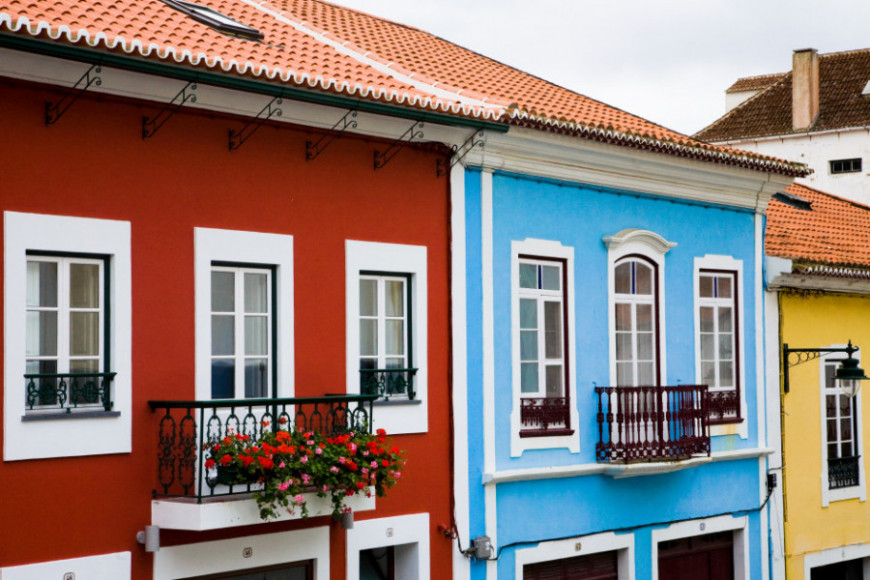
A short internal flight brings you to Terceira, smaller and more compact than São Miguel, it is the home of the city of Angra do Heroismo recognised by UNESCO in 1983 as a World Heritage Site. It is the oldest city in the Azores and an architectural jewel dating back to the 16th century with baroque churches, ancient balconies, and a history that literally brought Portugal freedom from Spanish rule.
The Presidential Palace proudly stands here, a former Jesuit monastery you can take an excellent guided tour around its halls and history. As already mentioned, all ships sailing to and from the New World had to stop here to resupply, so, naturally, it is a melting pot of cultures. Angra Bay is dominated by the colossal Mont Brasil volcano, a landmark not unlike Cap Town’s Table Mountain. Now a protected nature reserve, you can hike or bike up the volcano, and be rewarded at the top with not only a jaw-dropping view but a climb around the military defences that defined this capital.
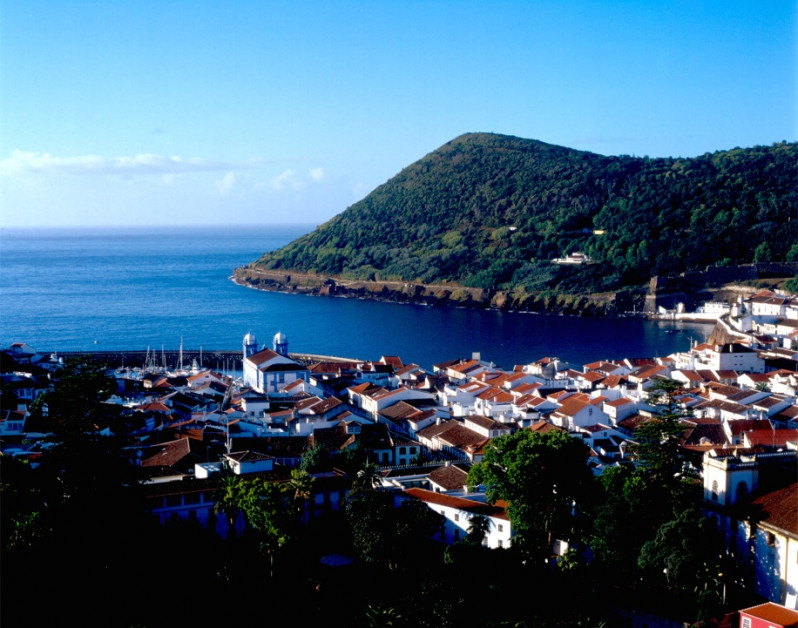
Bull running, like Spain’s Pamplona festival, is a popular occurrence here, but with a difference. With this “touradas à corda” the bull is safely held back with a rope and locals are encouraged to join in dodging the bull’s horns. No bulls are harmed in this parade I’d like to point out. But it is most symbolic as a festival because it was a herd of charging bulls who sent the Spanish packing after several attempts to take the island, and accordingly, bulls are a revered species here.
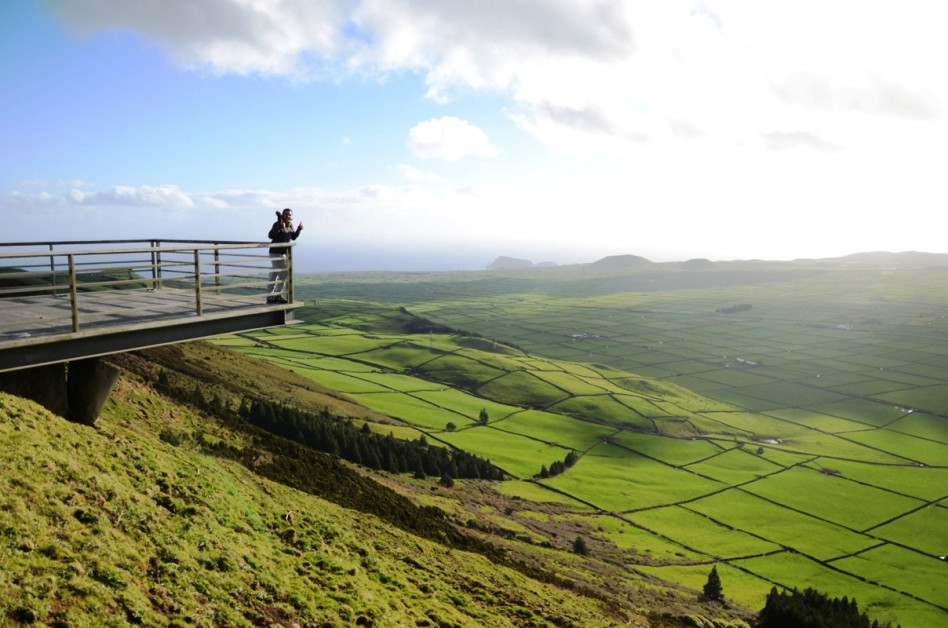
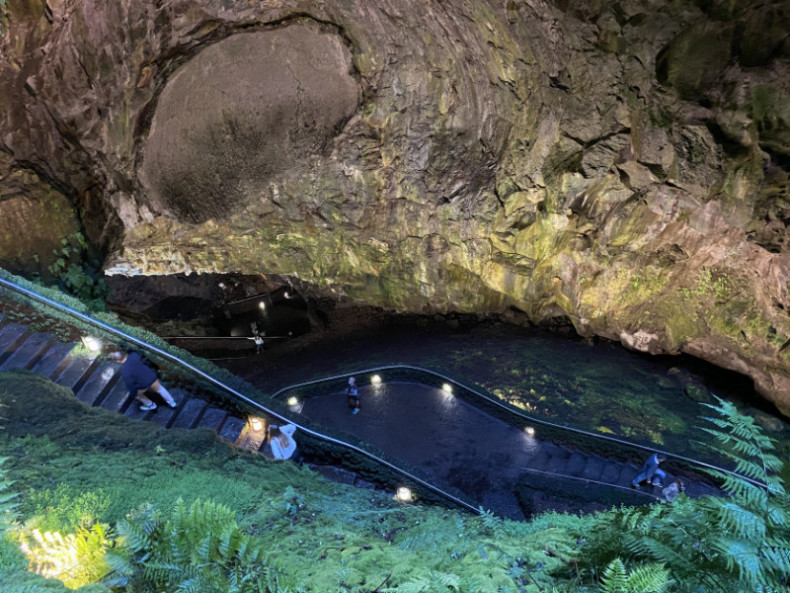
Terceira is well worthy of a place in this guide to The Azores. It is easily explored by car particularly climbing up to the centre of the island to Serra do Cume a gigantic collapsed caldera some six miles wide and four miles deep offering up a panoramic view of most of the island. Nearby is probably the most dramatic experience you’ll encounter in the Azores, a descent into the centre of the Earth. Well, perhaps not quite the centre, but far enough for me thank you.
The Algar do Carvão is an extraordinary volcanic vent formed by a huge eruption over two thousand years ago. You can access the resulting cavern by a series of snaking stone steps descending into the depths until you reach a lake at the base. Strategically placed lighting highlights the various elemental colours that exploded out of here during the eruption, and the whole experience left me with a sense of wonder at Nature’s power.
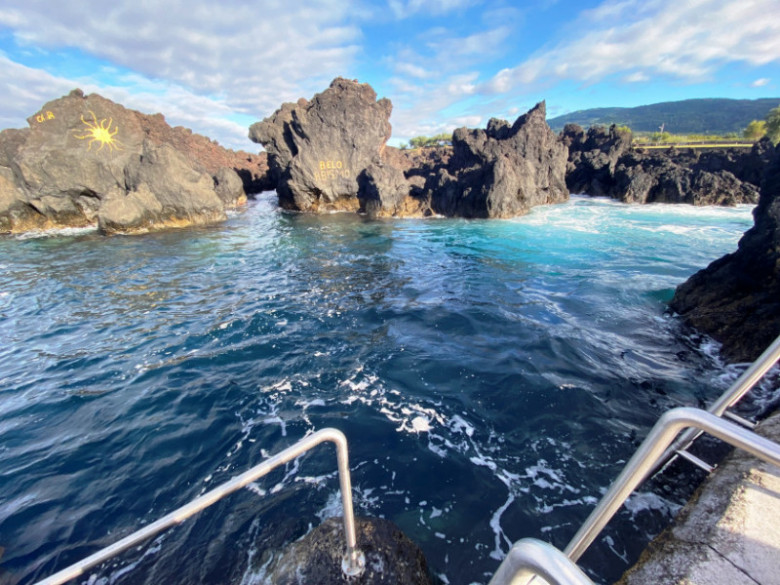
After all that excitement, you can spend an hour or two on the coast, bathing in seawater warmed by underwater thermal springs at the rock pools in Biscoitus. Be warned though, the tide can sometimes be too fierce for swimming.
This guide to The Azores may well be a little off the tourist treadmill, and I think it works in its favour. Islands of discovery, gaily coloured houses, a warm welcome from locals, plenty to see and do and more than a few memories that will stay with you long after you return.
All images for guide to The Azores (C) Andy Mossack except for featured image, Mont Brasil and coloured houses (C) Azores Tourism.
Tell me more about this guide to The Azores
For more information on this guide to The Azores, please visit Azores Tourism
Getting there
Ryan Air operates regular flights to and from San Miguel and Terceira starting from £19 one-way.

